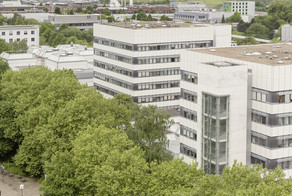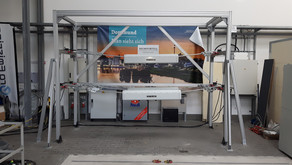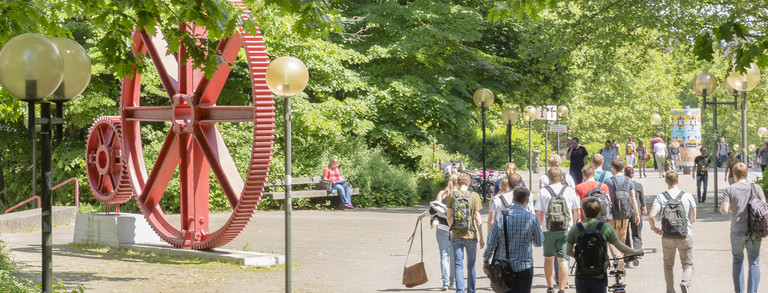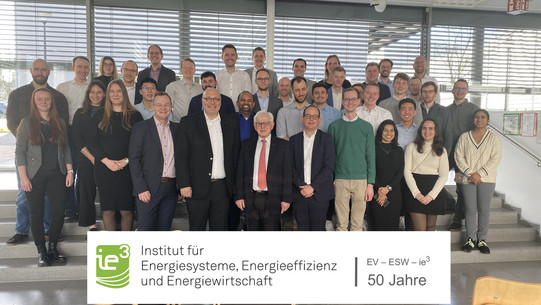About
The institute is one of the leading German University institutes in the field of energy systems, energy efficiency and energy management with the focus on electrical networks. The institute is headed by Prof. Dr.-Ing. Christian Rehtanz and Prof. Dr.-Ing. Timm Faulwasser.
Research and studies of the institute solve questions for a technically executable and sustainable electricity system of the future. The research topics cover the following areas:
- Flexible Transport and Distribution Networks
- System Integration of Renewable Energy Sources
- Efficient Use of Energy
- Electricity Industry and Markets
For this purpose, technologies in the fields of process control technique, control engineering, power electronics, centralized, decentralized and renewable energy sources and storage technologies for the requirements of future energy supply systems are being developed and analyzed.
The individual solutions are integrated in the overall system of energy supply and electricity markets. The future structure of transmission and distribution networks, as well as their operation and process control architecture is derived from manifold analysis. For this purpose, today’s electricity industry structures as well as legal and regulatory parameters are taken into account. Efficient applications of electrical energy, such as the electric mobility complement the research. Modeling and simulation are important design tools that are completed by prototypes for practical verification.
The priority objective is to create technically and economically feasible methods towards an environmentally suitable, sustainable and secure energy supply.
Research Areas
Transmission- and distribution networks (Smart Grids)
- European transmission network structures (overlay, super grids)
- Grid integration of innovative equipment
- Network planning and operations of fluctuating energy sources
- New structures and operational concepts for distribution grids
Measurement and automation systems (Smart Applications & E-Mobility)
- New IT concepts for power system protection, control and automation systems
- Wide-area monitoring and protection systems
- Grid integration and charging concepts for e-mobility
- Distributed energy management
- Systems for decentralized supply structures
Energy efficiency and renewable energy sources
- Carbon efficient energy infrastructure
- Power Quality
- Multi-functional and highly efficient power electronics
- Efficient energy applications
Electricity Industry and Energy Economics
- New energy marketplaces and structures (E-Energy)
- Integrated electricity market and network simulation
- Future control reserve markets
- Asset management for network expansion and maintenance






